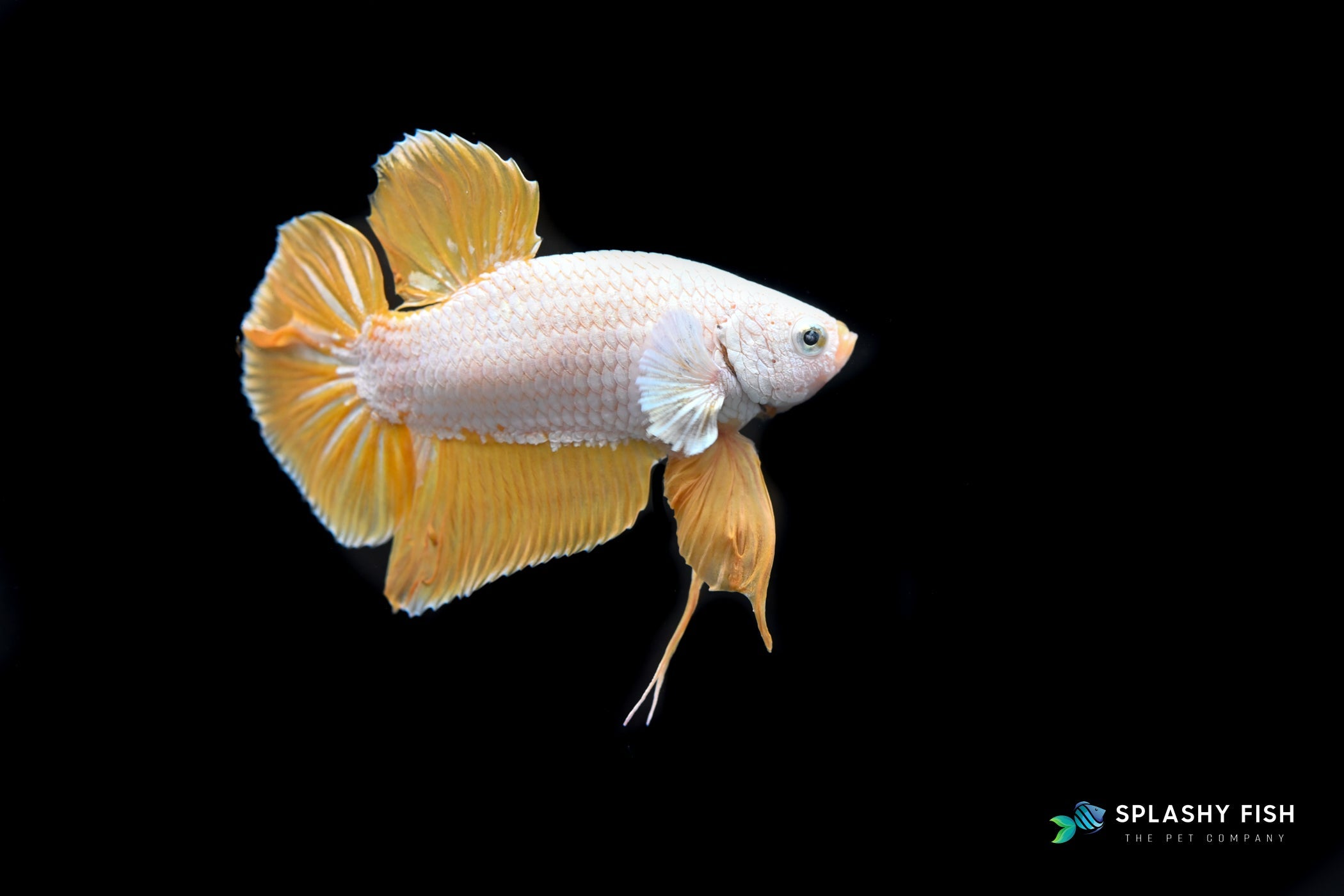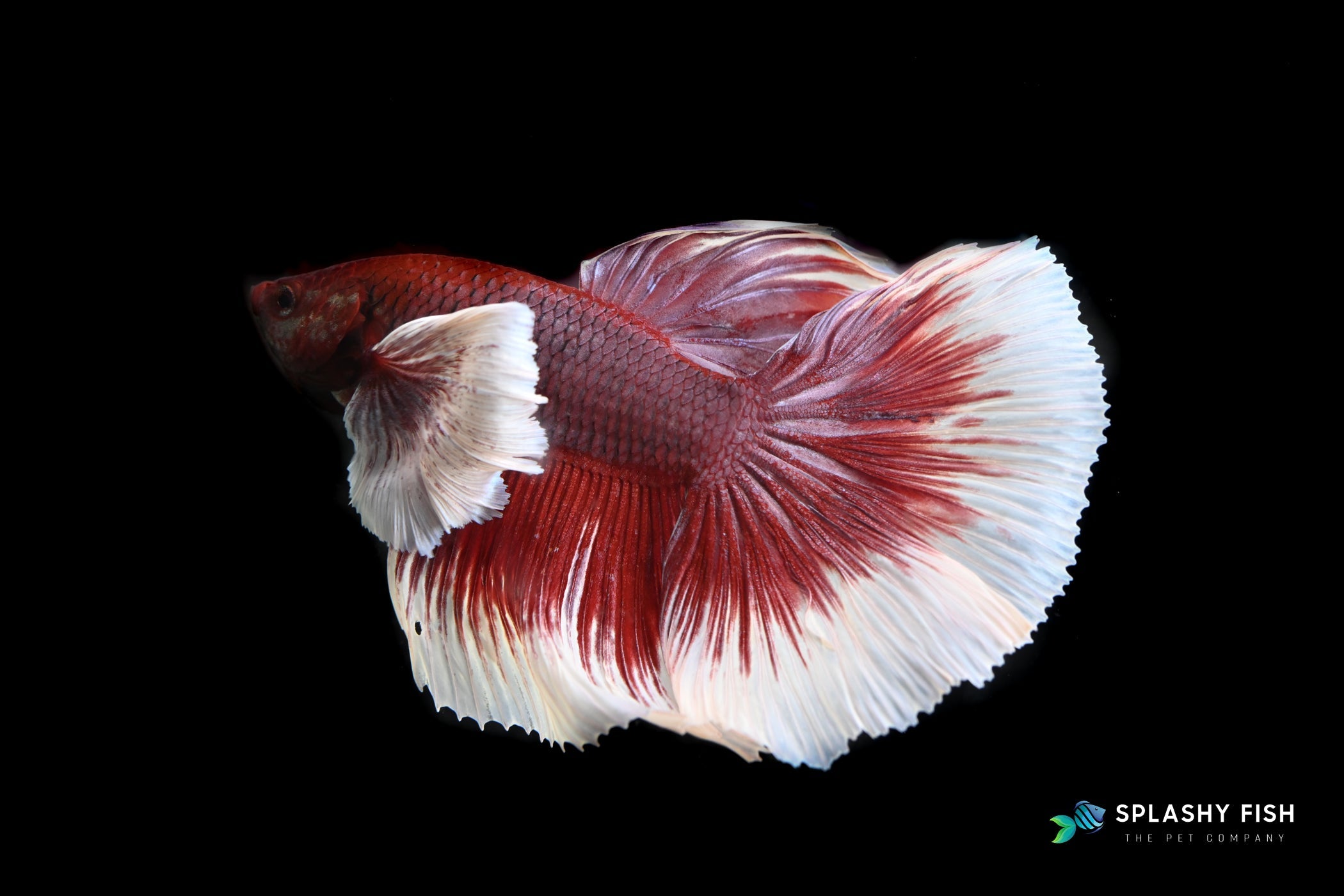Table of Contents
Popular among the fish keeper community, Rummy Nose Tetra are known for their unique appearance, strong swimming ability, outgoing personality yet peaceful disposition.

(Image of Rummy Nose Tetra)
Scientific name is Hemigrammus Bleheri but they are commonly known as Common Rummy Nose Neon Tetra or Firehead Tetra due to their unique appearance. Three parts of their body reflect three different patterns: bright red nose, silver body, and horizontally striped black-and-white tail. To those who love amazing displays inside their tank, Rummy Nose Neon Tetra will be the great choice as their features really make them stand out in the aquarium tank, especially when they swim together.
Fact: Rummy Nose Tetra is gifted with a long (1 - 1.5 inches (2.5 - 3.8 cm)), torpedo-shaped body which makes them a strong swimmer compared to other fish.

(Image of a group of swimming Rummy Nose Tetras)
Native to South America, Rummy fish are normally found farther inland and have a narrow range along the Negro and Meta River basins in Brazil and Columbia. These places are known for their mineral deficiency and richness of materials and tannins. Hence, it is better for Rummys if you keep them in an aquarium sharing similar conditions, slightly acidic and soft water with low calcium level (they don’t tolerate hard, calcium-rich water at all). Putting some aquarium decor such as soft, sandy substrates, rocks and caves is also recommended. Rummy Nose Neon Tetra loves live plants but it also loves having an open swimming space. You can consider placing live aquatic plants on the corners of your fish tank to let them have a large area in between to swim and socialize. Some aquatic plants which are suitable for them include Java Fern, and Amazon Sword.
Though these freshwater fish are popular and recommended for beginners, they are not easy-to-care fish. Rummy Nose Tetras are very sensitive to their water parameters and quality. As such, you should notice that
- Your new tank must be cycled well before introducing them. If you are not familiar with this process, you can read our article How Cycle Fish Tank.
- Even if your aquarium is mature, it requires regular testing and maintenance to ensure toxins stay at undetectable levels.
- Do not let your water parameters fluctuate. Try to keep them balanced. You can refer to the following for setting up your tank.
Recommended Water Parameter for Rummy-nose Tetra
- Ammonia and Nitrite: 0 ppm
- Nitrate: less than 20 ppm
- KH: 4 - 8 dKH
- pH: 5.5 - 7.0 (more acidic water is preferable)
Fact: An external filter is advisable since Rummy Nose Tetras can be sensitive to ammonia/nitrates in the water and external filters tend to be more effective.
- Weekly water change is encouraged. It helps clean the water and prevent Rummy Nose Neon Tetra from getting any stress.
Common disease: It is unavoidable, especially when your fish live in poor water and feed on poor nutrition. For Rummy Nose Tetras, they are susceptible to Dropsy (a fluid build-up causing the body to swell) and Ich (white spots develop all over the body). You may catch their problems by looking at their red noses which are often paler in bad water conditions. To treat these diseases, you can try to clean your tank first to see if there is any improvement. If your aquarium fish are not showing any signs of recovery, you may consider buying treatments from fish stores.
A healthy Rummy Nose Tetra may live up to 6-8 years if they are well cared for.
Tetra Fish prefers warm water. They will thrive in the temperature of 64° - 82°F (18° - 27.7°C). Tetras are outgoing species but if you happen to find them hiding or staying near vegetation, it is because of bright light. They do not enjoy bright light and even get stressed if they regularly expose themselves to the bright light. If your tank is in this situation, try to adjust the aquarium light or shade their swimming space with tall floating plants instead.
As they are shoaling species, it is recommended keeping them in schools of no less than six. To allow them to splash around, you need to provide them with enough swimming area. A ratio of 1-gallon capacity per 2 fishes is commonly introduced and applied by most professional fish keepers. Thus, if your target is keeping a group of 6 to 10 Rummy-nose Tetra, a 20-gallon aquarium will be a perfect choice.
Your Rummy Nose Neon Tetras are best known for their peaceful disposition and tend to get on well with lots of other tropical fish species; however, except for boisterous and aggressive fishes (i.e., cichlids). You may often see Rummys hanging out around the middle to top of the tank. As such, in addition to small and peaceful fish, they can also get along well with bottom dwellers. Some names are good options for your consideration.
- Danios, rasboras, and other types of tetras
- Hatchetfish and live-bearers like Mollies, Platys and Guppies fish
- Peaceful Cherry and Gold Barbs
- Dwarf Gourami and Rainbowfish
- Non-aggressive freshwater sharks like the Torpedo Shark and Siamese Algae Eater
- Bottom feeders like Kuhli Loaches, Corydoras and Upside-Down Catfish
As mentioned above, diet is important to keep your Rummy Nose Tetras healthy. Since they are omnivores, they can feed on both meaty fish food and bits of plant debris, larvae. High-quality flake food and pellets are highly recommended as these are designed to contain all necessary nutrients needed for your Rummys. You can sometimes give them frozen food and bloodworms as an alternative. Feed them twice a day and follow the old rule that gives them an appropriate amount that they can finish in two minutes or else, remove the leftovers after that so this doesn’t decay in your tank.
Breeding
In theory, egg-laying tetras would not be difficult to breed if you have a good mix of male and female and an appropriate environment. For Rummy Nose Tetra, to encourage breeding, your tank should:
- have enough space (normally 40 gallons);
- be well-covered with plants as they will lay eggs in folded leaf of the plants;
- be filled with warm water having the average temperature of 84°F (~ 28.8°C); and
- have strong filtration because Rummys will not spawn in contaminated water.
Once the season comes, you will notice the female Rummys lay eggs in a folded leaf then let the males fertilize them. The fry will hatch after 24 hours but won’t start swimming around for 6 days. During this time, carefully feed them specialized fry foods until they are large enough to accept the same diet as adults.
Though the process is quite simple, it is incredibly hard for non-professionals to breed Rummys due to a few reasons:
- Rummy Nose Tetras are difficult to sex although during the breeding season, the females may be slightly rounder than the males. However, this difference is hard to distinguish by bare eyes. The best solution is to get confirmation from a specialist breeder if you really want to experience the breeding process yourself.
- Even if you have a good qualified group of male and female, mating may fail if your tank is not well balanced. Rummys are very sensitive, even to a slight change in water conditions.
- If the adult Rummy will not tolerate any fluctuations in temperature, parameters, or water quality, so does their fry. If you wish the young Rummys thrive, you must carefully maintain your tank to meet their living conditions.
Rummy Nose Neon Tetras are interesting species in both appearance and caring aspects. They will challenge you at first; however, once you’ve learnt how to take care of them properly, you will find they are worth investing in your aquarium.
If you're looking for a Rummy Nose Tetra for sale for your aquarium, visit our tropical fish store. At Splashy Fish, we offer not only aquarium fish for sale, freshwater shrimps for sale but also aquatic plants for sale and other aquarium supplies.



























